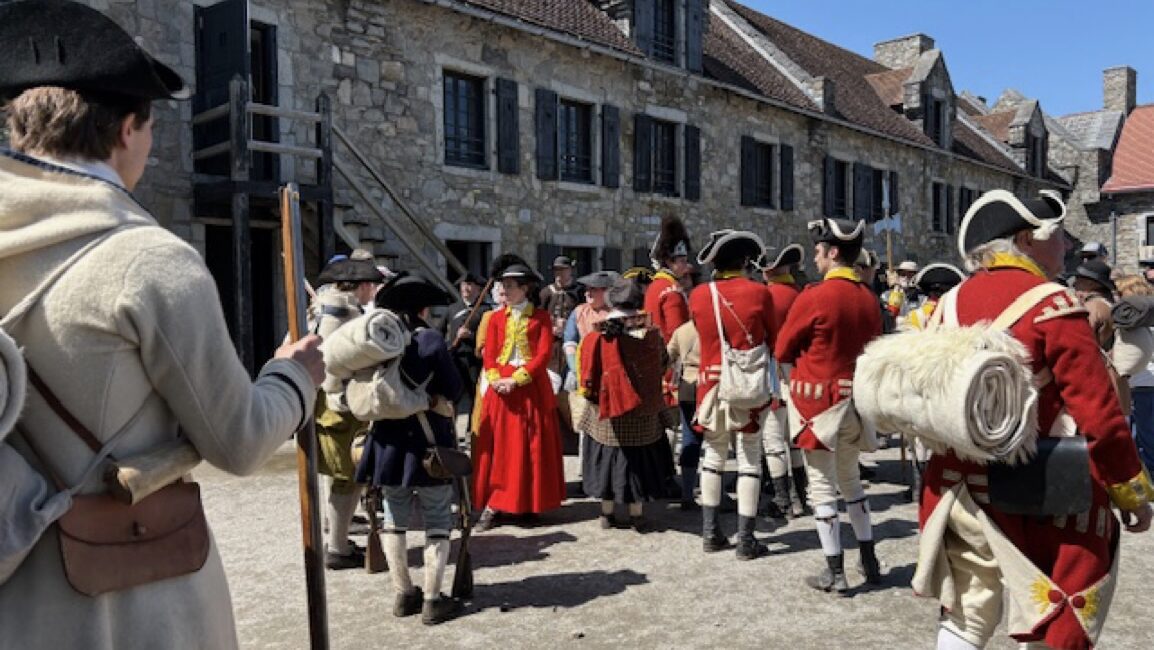A series of articles by the Reading Antiquarian Society

Reading, MA — It is May 1775. The Battle at Lexington Green and at the Concord Bridge took place less than a month ago. The Colonists drove the British troops back to Boston and surrounded the city. Fortifications are being built. Troops are being organized into an army. But, at the moment, neither side feels they can defeat the other. But Massachusetts is not the only place where there is activity.
So, let’s back up a little. Shortly after the beginning of the French and Indian War, in 1755, the French built a fort at the southern end of Lake Champlain. It was called Fort Carillon and served as a supply and communication link between the French forces in Canada and New York. In 1759, the British captured the fort and renamed it Fort Ticonderoga, but the French severely damaged it before leaving. They set explosives throughout the fort and destroyed the cannons that they were not taking with them.
Over the next two years, the British made some repairs, but it was never part of any further significant action. After the French and Indian War ended in 1763, the British continued to keep a small number of troops there. But as no further work was done at this time, the fort continued to deteriorate.
But the location of the fort between Lake Champlain and Lake George was seen as a strategic asset to the Colonists. On May 10, 1775, Ethan Allen, the Green Mountain boys, Benedict Arnold, and militia from Massachusetts and Connecticut stormed the fort in the middle of the night. There were about 40 soldiers, and 24 women and children living at the fort at that time. They were not anticipating an attack, they were not even aware that Lexington and Concord had already happened. Not a single shot was fired. No injuries were reported—the commander of the fort, Capt. William Delaplace surrendered. It is considered the first victory of the Revolutionary War. Within a few days, all of the captives began a march that would take them to Connecticut. The photograph shows a reenactment of the Green Mountain boys organizing the British captives before leaving the fort.
We are not aware of any Reading men who participated in the capture. But our connections to Fort Ticonderoga and Ethan Allen will appear later in the war.
Just a few months later, in September of 1775, Ethan Allen was captured in a failed attack on Montreal. He was put on a ship and sailed to England to be imprisoned there. He was eventually brought back to the colonies but remained a prisoner of war until May of 1778, when he was part of a prisoner exchange that had a direct connection to Reading’s history. But there will be more about that in future articles.
Our following articles will talk about the Battle of Bunker Hill and Reading’s connections to that well-known event.
